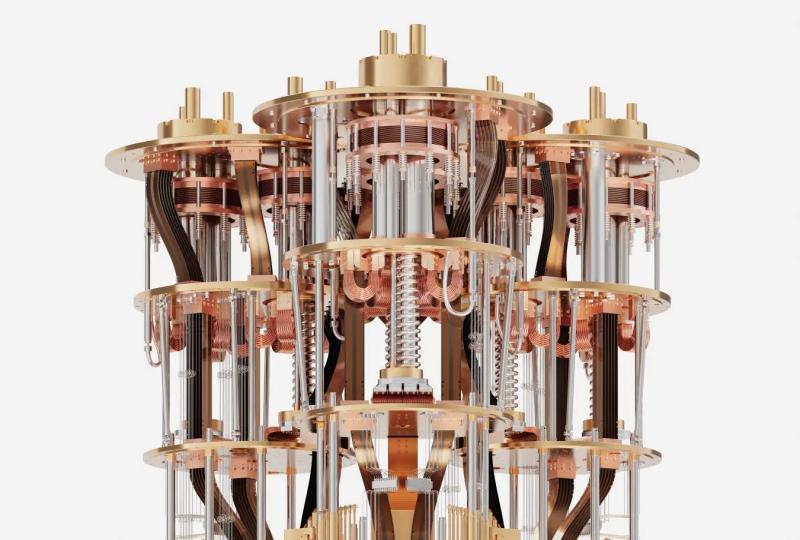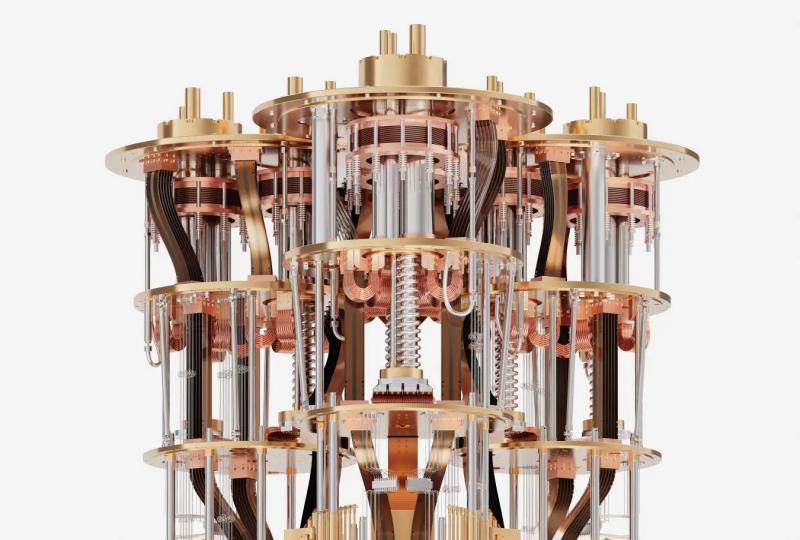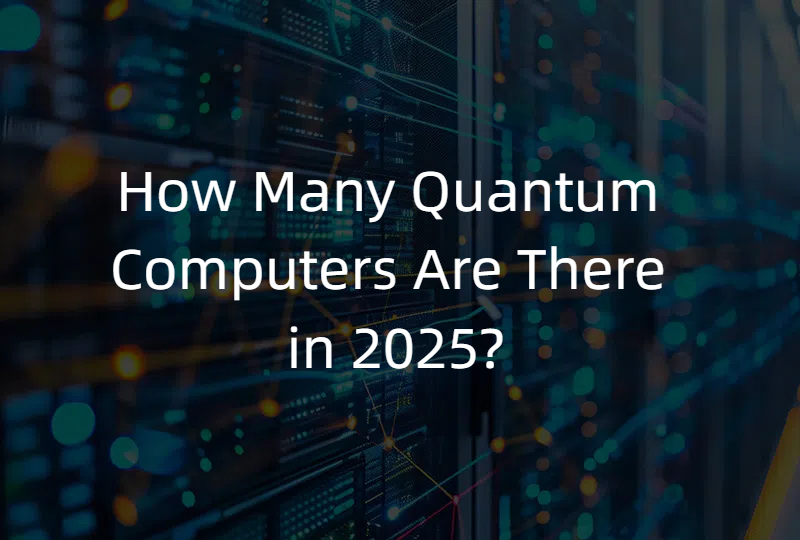Quantum Technology: Unlocking the Next Frontier of Science and Innovation
2025.08.21 · Blog Quantum Technology
Quantum technology promises to reshape computing, communication, sensing, and simulation by leveraging the counterintuitive properties of quantum mechanics. From qubits that harness superposition to entangled networks that guarantee secure communications, quantum technology stands poised to revolutionize industries as diverse as pharmaceuticals, finance, and national security. This article explores the foundational principles underpinning quantum systems, surveys the leading platforms and applications, examines technical and societal challenges, and outlines the roadmap toward a fully realized quantum future.
Introduction
Quantum technology refers to a suite of emerging devices and methods that exploit quantum mechanical phenomena—such as superposition, entanglement, and coherence—to perform tasks beyond the reach of classical systems. Its origins trace back to the early 20th century with the birth of quantum mechanics, but practical quantum devices only began to emerge in the 1990s with rudimentary quantum bits (qubits) and proof-of-principle algorithms. Today, rapid advances in materials, control electronics, and cryogenics have brought quantum processors from tens to hundreds of qubits, while quantum communication links span metropolitan networks and even satellite distances. The transformative potential of quantum technology lies in its ability to solve certain classes of problems exponentially faster, achieve unprecedented measurement precision, and guarantee information-theoretic security in communication.
Fundamental Principles
Quantum Superposition
At the heart of quantum technology is superposition: the ability of a quantum system to exist simultaneously in multiple states. A qubit, the quantum analogue of a classical bit, encodes a weighted combination α∣0⟩+β∣1⟩\alpha\lvert0\rangle + \beta\lvert1\rangleα∣0⟩+β∣1⟩. While a classical bit assumes either 0 or 1, a qubit explores both in parallel. This parallelism forms the basis for quantum speedups in algorithms such as Shor’s factoring and Grover’s search.
Quantum Entanglement
Entanglement binds multiple qubits into a single, nonseparable quantum state. Measurements on one entangled qubit instantaneously affect its partners, regardless of distance. This phenomenon enables quantum teleportation of states, underpins quantum key distribution protocols, and offers new paradigms for distributed quantum computing and sensing.
Quantum Coherence and Decoherence
Quantum coherence refers to the maintenance of superposition and entanglement over time. Environmental interactions induce decoherence, collapsing quantum states and destroying information. Achieving long coherence times demands exquisite isolation, ultralow temperatures, and error-correction strategies. Progress in materials purity, shielding, and cryogenics has steadily extended coherence from microseconds to seconds in some platforms.
Quantum Measurement and Uncertainty
The act of measurement in quantum mechanics is fundamentally probabilistic. Upon observation, a qubit’s superposition collapses to a definite state with probabilities determined by its amplitude coefficients. The Heisenberg uncertainty principle limits the simultaneous precision of complementary observables, a constraint harnessed by quantum sensors to achieve sensitivities unattainable classically.
Main Quantum Technologies
Quantum Computing
Quantum computing exploits qubit architectures and quantum logic gates to perform computations that would be infeasible on classical supercomputers.
Qubit Implementations
-
Superconducting Circuits: Fabricated on silicon chips and cooled near absolute zero, superconducting qubits are manipulated by microwave pulses. Companies such as IBM and Google have scaled processors to over 100 qubits.
-
Trapped Ions: Individual ions suspended in electromagnetic traps exhibit long coherence and high-fidelity gates but face challenges in scaling trap dimensions and control wiring.
-
Photonic Qubits: Encoded in individual photons, these qubits operate at room temperature and leverage fiber networks, yet require efficient photon sources and detectors.
Quantum Gates and Circuits
Quantum algorithms assemble sequences of single- and multi-qubit gates—rotations, controlled-NOTs, entangling operations—to manipulate qubit registers. Circuit depth and connectivity influence algorithmic performance, driving innovations in gate design and compiler optimization.
Quantum Error Correction
Error correction is essential to overcome decoherence and gate imperfections. Schemes such as the surface code distribute logical qubits across many physical qubits, detecting and correcting errors via syndrome measurements. Achieving fault tolerance demands physical error rates below threshold values, currently pursued through improved materials and control techniques.
Quantum Communication
Quantum communication harnesses entanglement and single photons to transmit information securely and network quantum processors.
Quantum Key Distribution (QKD)
QKD protocols, including BB84 and E91, use quantum states to generate secret keys immune to eavesdropping: any interception disturbs the states and is immediately detectable. Commercial QKD systems now operate over fiber networks spanning tens of kilometers.
Quantum Repeaters and Networks
Photon loss limits the range of direct fiber links. Quantum repeaters extend distances by creating entanglement across segments, storing states in quantum memories, and performing entanglement swapping. Research prototypes have demonstrated repeater nodes, yet high-efficiency memories remain a technical frontier.
Satellite-Based Quantum Links
Free-space QKD via satellites overcomes terrain and fiber constraints. Experiments by China’s Micius satellite and partnerships in Europe and North America have achieved intercontinental key exchange, heralding a future quantum internet.
Quantum Sensing and Metrology
Quantum sensors exploit superposition and entanglement to measure physical quantities with unprecedented precision.
High-Precision Measurements
Atomic clocks based on optical transitions reach accuracies of 10−1810^{-18}10−18, redefining the second and enabling novel tests of fundamental physics. Quantum magnetometers using spin ensembles detect minute magnetic fields for biomagnetic imaging and geological surveys.
Applications in Navigation and Imaging
Quantum inertial sensors offer drift-free gyroscopes and accelerometers for autonomous navigation without GPS. Quantum imaging leverages entangled photons for sub-diffraction resolution and low-light medical diagnostics.
Quantum Simulation
Quantum simulators emulate complex quantum systems that defy classical modeling, aiding research in chemistry, condensed matter, and high-energy physics.
Analog vs. Digital Simulation
-
Analog Simulators: Tailored quantum systems mimic specific Hamiltonians, such as ultracold atoms in optical lattices modeling Hubbard models.
-
Digital Quantum Simulators: Universal quantum computers implement general-purpose algorithms to approximate system dynamics via Trotterization or variational methods.
Use Cases in Chemistry and Materials Science
Quantum simulations open pathways for discovering new catalysts, designing high-temperature superconductors, and understanding strongly correlated electron behavior—areas where classical computations falter due to exponential complexity.
Key Applications
The versatility of quantum technology extends across multiple sectors:
-
Cryptography and Secure Communications: Unbreakable key exchange via QKD, protecting state secrets and financial transactions.
-
Drug Discovery and Molecular Modeling: Simulating molecular interactions at the quantum level accelerates lead identification and reduces costly experimental iterations.
-
Optimization Problems and Machine Learning: Quantum algorithms such as QAOA and quantum-enhanced kernels offer potential speedups in logistics, portfolio optimization, and training of complex models.
-
Advanced Materials Development: Tailoring materials with bespoke electronic and magnetic properties through precise quantum simulations.
-
Financial Modeling and Risk Analysis: Monte Carlo simulations and derivative pricing stand to benefit from amplitude amplification and quantum sampling techniques.
Technical Challenges
Realizing practical quantum systems entails overcoming formidable hurdles:
Scalability of Qubit Systems
Scaling from tens to millions of qubits demands miniaturization, dense wiring, and modular architectures. Silicon-based qubit integration and error-corrected logical modules represent key research directions.
Error Rates and Fault Tolerance
Physical qubit error rates must meet or exceed threshold requirements (often below 10−310^{-3}10−3) for fault-tolerant operation. Continuous improvements in gate fidelity, control electronics, and error-mitigation protocols are critical.
Infrastructure Requirements
Many quantum platforms require dilution refrigerators reaching millikelvin temperatures, vibration isolation, and electromagnetic shielding. Reducing size, weight, and power consumption remains an engineering priority for deployable systems.
Standardization and Interoperability
Developing open standards for control interfaces, qubit encodings, and network protocols will accelerate industrial adoption and facilitate multi-vendor collaborations.
Industry Landscape
Leading Companies and Startups
Tech giants such as IBM, Google, and Microsoft lead quantum computing development, while specialized startups—Rigetti, IonQ, PsiQuantum—pursue scalable architectures. In sensing, Q-CTRL and QuintessenceLabs focus on control and security solutions.
Government Initiatives and Funding
National programs like the U.S. National Quantum Initiative, Europe’s Quantum Flagship, and China’s strategic investments channel billions into research, infrastructure, and workforce development to secure technological leadership.
International Collaborations and Consortia
Global consortia—Quantum Internet Alliance, Q-NEXT, and the Quantum Economic Development Consortium—foster cross-border partnerships, share best practices, and harmonize standards.
Ethical, Legal, and Societal Implications
Impact on Data Security and Privacy
Quantum computing threatens current public-key cryptography, necessitating a swift transition to post-quantum algorithms. Governments and industries must coordinate to safeguard critical infrastructure during the quantum “harvest now, decrypt later” window.
Regulatory and Export-Control Considerations
Sensitive quantum technologies fall under export controls akin to nuclear and aerospace industries. Balancing security with international collaboration poses complex policy challenges.
Workforce and Education Needs
Realizing quantum advances requires cultivating a multidisciplinary workforce—physicists, engineers, computer scientists, and domain experts. Universities and training programs are expanding curricula to prepare the next generation of quantum professionals.
Future Directions
Roadmap to Fault-Tolerant Quantum Computers
Progressing from noisy intermediate-scale quantum (NISQ) devices to fully error-corrected systems is the primary roadmap. Milestones include demonstrating logical qubits with net positive lifetimes and scalable error-correction cycles.
Convergence with Classical High-Performance Computing
Hybrid architectures integrating quantum co-processors with classical supercomputers promise near-term advantages. Quantum accelerators may tackle subproblems within larger classical workflows.
Emerging Hybrid Quantum-Classical Architectures
Variational quantum algorithms leverage classical optimizers to tune quantum circuits. These hybrid approaches optimize resource use on noisy hardware and pave the way for real-world applications.
Long-Term Visions: The Quantum Internet and Beyond
A global quantum internet would interconnect quantum computers, sensors, and clocks via entangled links, yielding new distributed applications—secure voting, precision timekeeping, and collaborative simulations at unprecedented scales.
Conclusion
Quantum technology stands at the threshold of transformative impact across science, industry, and national security. While formidable challenges remain—in qubit scalability, error correction, and infrastructure—concerted efforts by governments, academia, and businesses are accelerating progress. Stakeholders should prioritize building fault-tolerant prototypes, developing quantum-ready cybersecurity standards, and nurturing a skilled workforce to harness this paradigm shift. Over the next decade, quantum devices will transition from laboratory curiosities to industrial workhorses, unlocking solutions to problems once deemed intractable and ushering in a new era of technological innovation.
Featured Content






